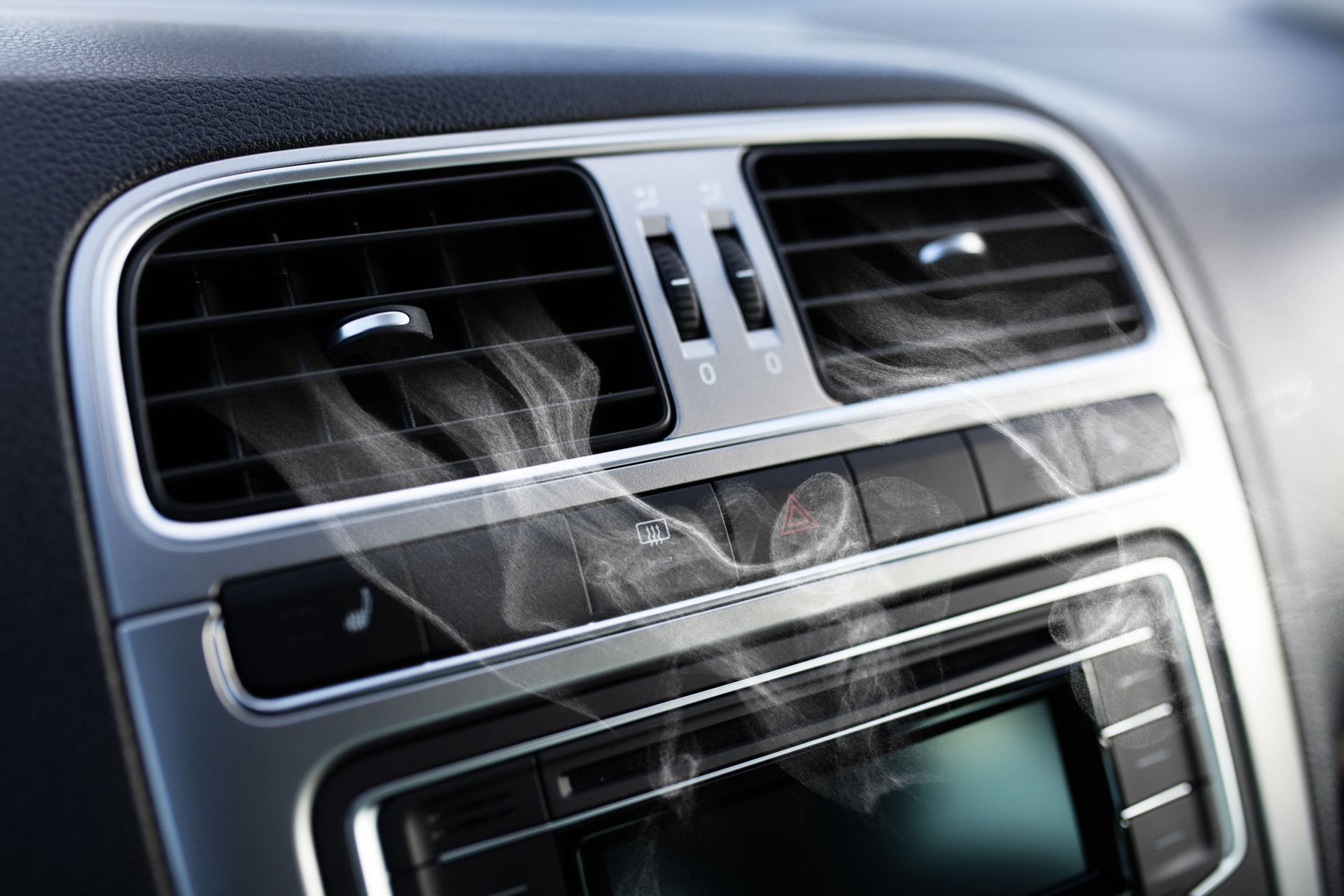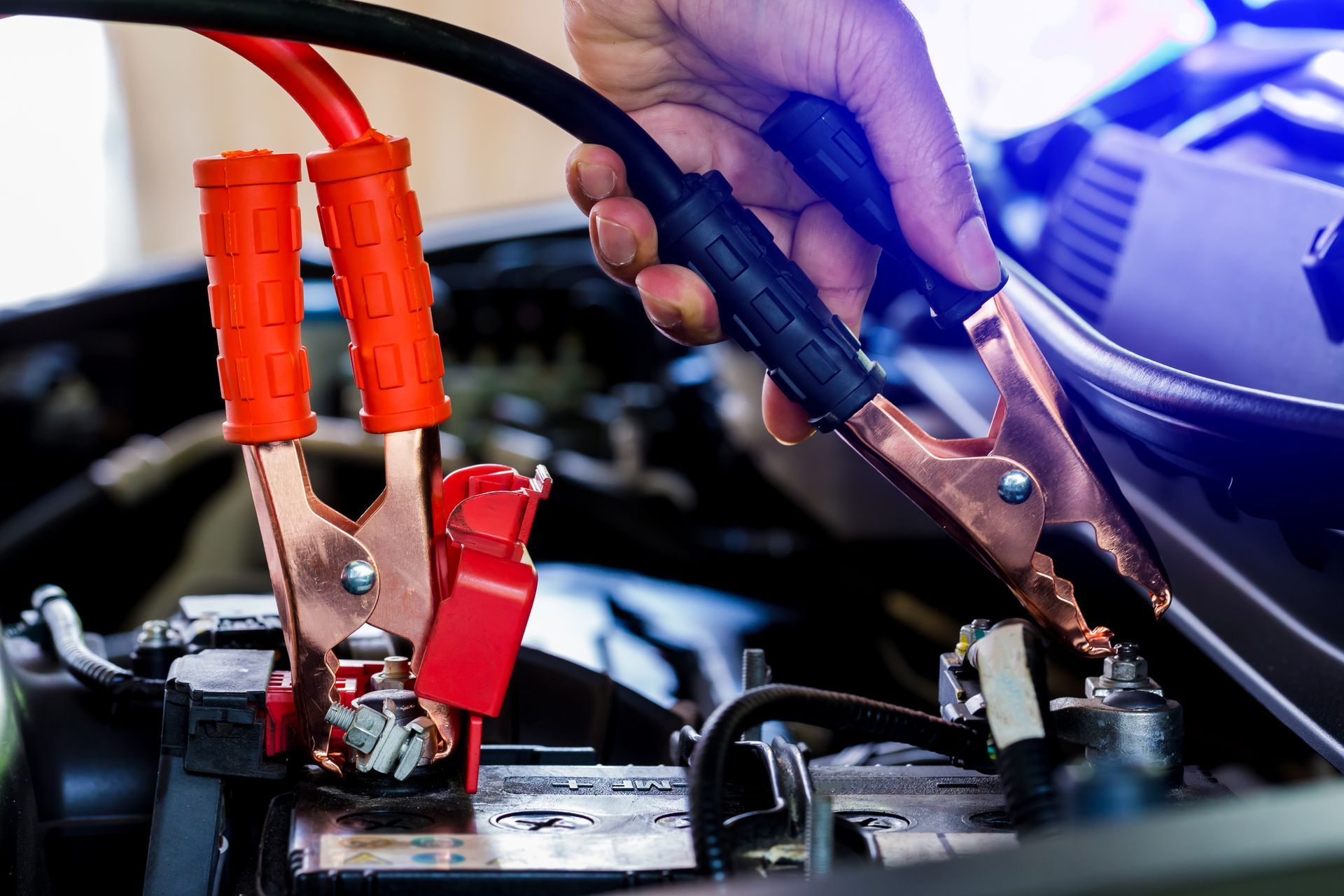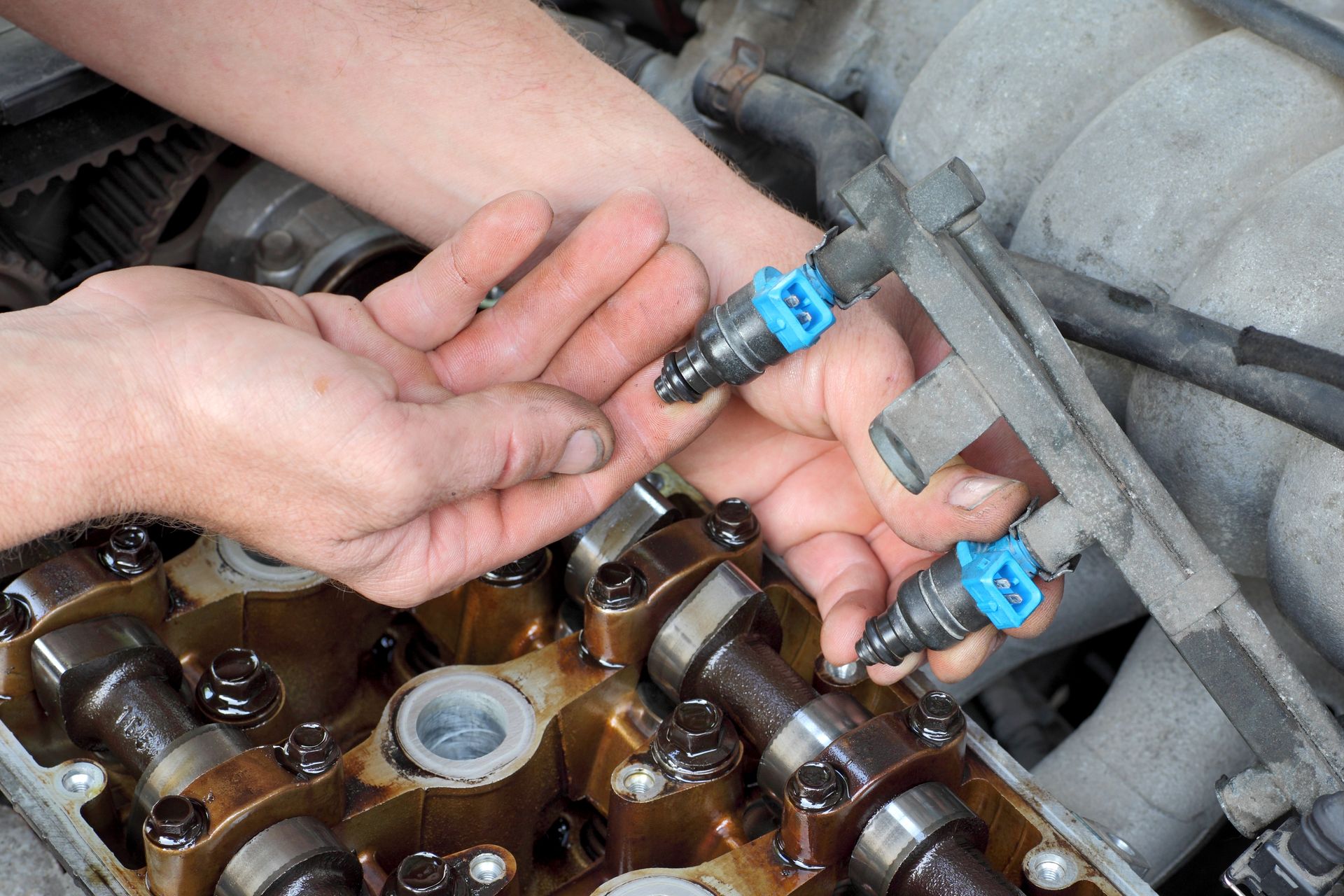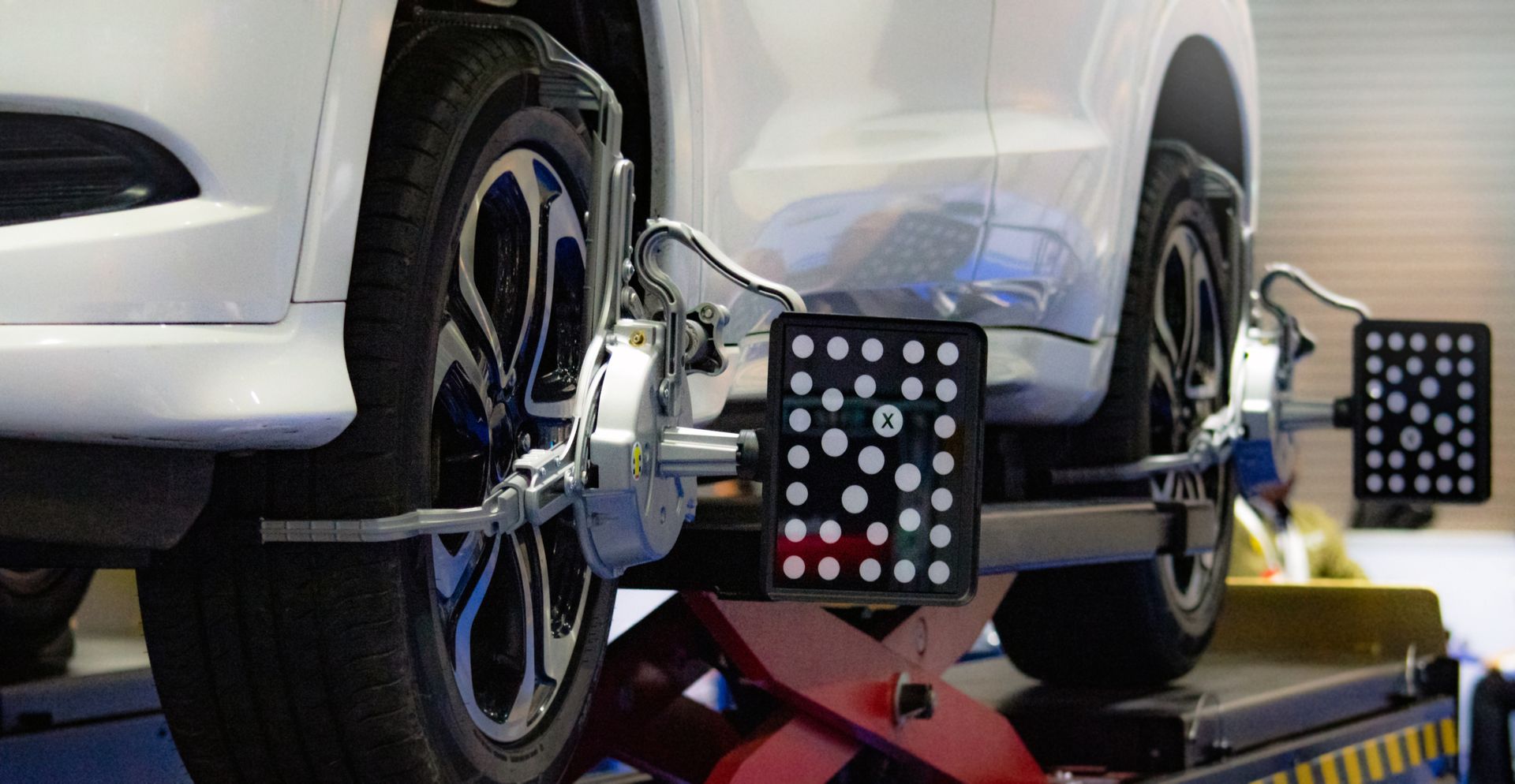If your power windows suddenly stop working or your radio goes silent, you might not be dealing with a major electrical problem. In most cases, it’s a blown fuse. Fuses are small, inexpensive parts that protect your vehicle’s electrical circuits by breaking the connection if something goes wrong. Knowing how to check and replace them can save you time, money, and frustration.
Here’s a practical guide to understanding your car’s fuse system and how to safely inspect and replace fuses when needed.
What Do Car Fuses Do
Fuses act as the first line of defense for your vehicle’s electrical components. They’re designed to “blow” or break when a circuit receives more electrical current than it can handle, which prevents wiring damage or even a potential fire.
Your vehicle likely contains dozens of fuses that protect everything from headlights and air conditioning to seat heaters and stereo systems. If one of these components suddenly stops working, a blown fuse is often the cause.
Where to Find the Fuse Boxes
Most cars have two fuse boxes:
- One under the dashboard – usually beneath the steering wheel or near the passenger side kick panel.
- One under the hood – near the battery or engine compartment.
The owner's manual will show you exactly where each box is and provide a diagram of which fuse controls which system. Inside the lid of the fuse box, you'll usually find a labeled chart as well.
How to Tell If a Fuse Is Blown
Turn off the car’s ignition and disconnect the battery for safety.
Open the appropriate fuse box and locate the fuse for the system that’s malfunctioning.
Gently pull the fuse out using a fuse puller or needle-nose pliers.
Inspect the fuse visually. A blown fuse usually has a broken or burnt wire inside the clear plastic casing.
If you're unsure, a multimeter or fuse tester can provide a definite answer by checking for electrical continuity.
Replacing a Blown Fuse
Once you’ve identified a blown fuse, replace it with one that has the exact same amperage rating. This rating is usually printed on the fuse itself and indicated by color—for example, a 15-amp fuse is often blue.
Never install a fuse with a higher rating, as this could allow too much current through the circuit and damage wiring or components. If the new fuse blows again shortly after replacement, there may be a more serious issue, such as a short circuit or a failing component that requires professional diagnosis.
Preventing Future Electrical Issues
Fuses typically blow because something is wrong with the circuit they protect. Common causes include:
- A failed motor or switch
- Damaged or pinched wiring
- Overloaded accessory circuits (like aftermarket lights or stereos)
Water intrusion or corrosion in electrical connectors
If you’re regularly replacing fuses or notice electrical problems affecting multiple systems, it’s a good idea to have your vehicle inspected by a qualified technician. Electrical issues can be complex, and addressing the root cause early can prevent larger repairs later on.
When to Ask a Professional for Help
While replacing a fuse is usually simple, some electrical problems require more in-depth testing. If your dashboard warning lights are on, your vehicle experiences random power loss, or you’re not sure which fuse is the problem, it’s smart to bring your car to a trusted repair shop.
Our Trained technicians have the tools and experience to diagnose electrical issues accurately and safely without trial and error that might worsen the problem.
Schedule Electrical Service at Ally Auto Service in Omaha, NE
Whether you need a fuse replaced or a full diagnostic on an electrical system, we’re here to help. Our technicians can quickly locate the problem, replace faulty components, and ensure your vehicle’s electronics are operating at peak performance.
Call
Ally Auto Service in Omaha, NE, to schedule electrical service and keep your car’s systems running smoothly.










